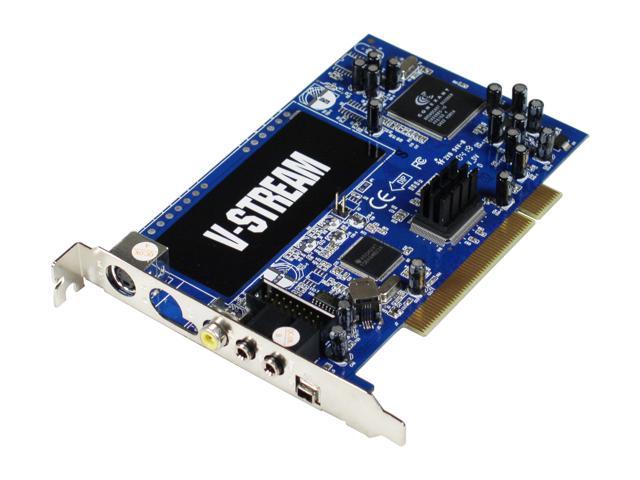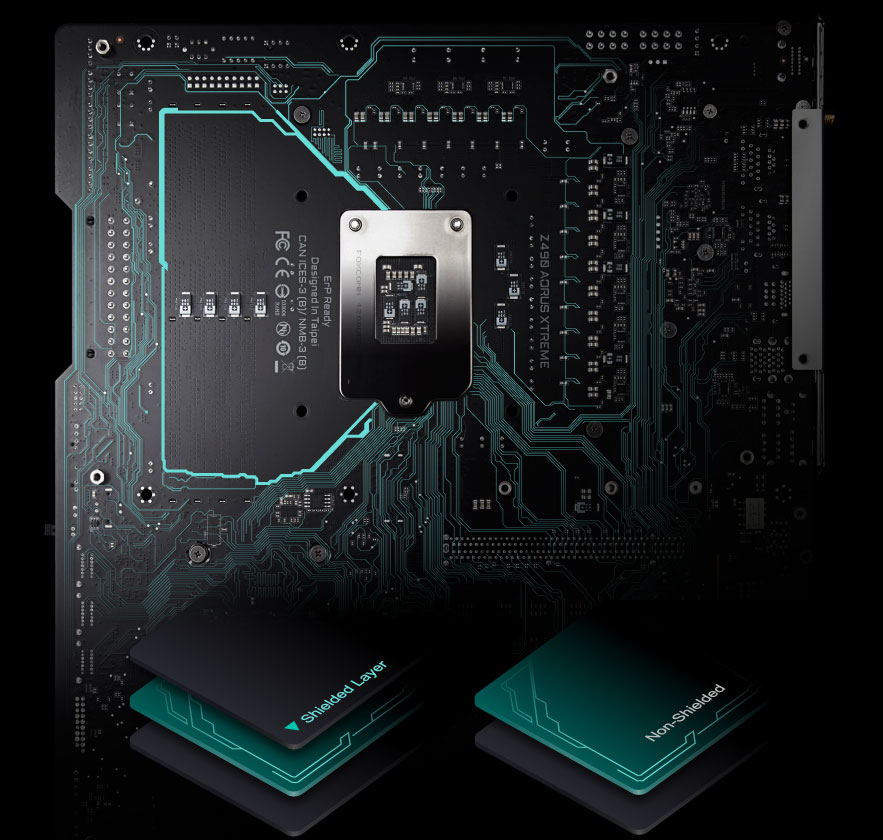- Kworld Sound Cards & Media Devices Driver Download 64-bit
- Kworld Sound Cards & Media Devices Driver Download Windows 10
Get the best deals on KWorld Video Capture and TV Tuner Card and find everything you'll need to improve your home office setup at eBay.com. Fast & Free shipping on many items! Specifications Ports In TV Input – 75 Ohm (UHF/VHF) TV Antenna Composite S-Video Connect from Internal Audio Connection Ports Out 3.5mm Audio Cable to Sound Card Line-In Operating Systems Supported Windows XP MCE 2005 / Windows Vista Premium above System Requirements For KWorld HyperMedia Center, Time-shifting and Recording: Intel Pentium-IV or equivalent AMD CPU or higher 256 MB RAM of. Make Offer - Kworld UB435-Q USB Tuner & Video Capture Stick - QAM-Cable & ATSC-Broadcast HDTV KWORLD PlusTV HD PCI-120 High Definition TV Card - USED $19.95 3d 2h.

An ATSCPCI card from KWorld.
The ATSC 110 is supported under Linux (added to kernel 2.6.17).
Note: There are several direct clones of this card available from other vendors; making those cards work is likely fairly trivial.
- 2TUV1236D Frontend
- 3Making it Work
- 4Kworld ATSC 110 Setup
Overview/Features
The ATSC 110 (which KWorld also labels as Model No. VS-ATSC110R) is a dual RF input pci card that comes with a remote & IR-receiver. It supports both analog (NTSC) and Digital (8-VSB and 256-QAM) sources. It has A/V inputs (Analog Baseband Sources: Composite, S-Video, Audio)
Note: this page requires some cleaning up.
| Name | V4L2 Support |
|---|---|
| Analog TV | Yes |
| Analog Input selection | Yes TV, composite, S-Video |
| ATSC/Digital TV | Yes |
| Sound | Yes Alsa direct only works with mplayer, using a pure digital path. All programs work with supplied loopback cable; ATSC-100 audio out to sound card in. Alternatively, several processes can accomplish a digital path. See ALSA audio. |
| Remote | Yes Requires patch Not 100%, misses key presses. |
| FM Stereo | No |
As of August 2007.
For analog sources it has no MPEG2 encoder, so Analog channels are encoded by your CPU. For digital sources, the card does no encoding or decoding as Digital TV streams are already MPEG2 encoded. This requires almost no CPU processing as data is streamed directly off the card.
Notes
- On the card, there has always been this confusion on what input to use. There are two for coax on the back. Some people have had luck with the digital antenna input is on the bottom and the analog one is on top. I just purchased the card a week ago, and for me, the input on the bottom (closest to the PCI connector) is for digital cable (unencrypted QAM-256, that is), and the input on the top is for analog cable ('cable-ready' channels) as well as ATSC OTA. For others, it's the opposite.

TUV1236D Frontend
The TUV1236D frontend is completely enclosed. It contains the nxt2004 signal decoder and a TDA9887 IF PLL. The modules features include:
- NTSC, ATSC and 64/256QAM reception
- Low power dissipation (<1.75W)
- Full frequency range coverage from 57MHz to 864MHz
- SmartAntenna technology supported for enhanced ATSC reception
- Sensitivity ~ -80 dBm
Over the air (OTA) reception
Using the -80 dBm figure, you can calculate theoretical values for receiving stations. For instance, Remote central has figures for station broadcast powers. The relevant formulas and data are:
- Transmitter signal, Ts = 60 + 10*log(kw).
- Distance loss, Dl = 92.4 + 20*log(km) + 20*log(gHz))
- Antenna gain, ?.
- Pre-amplifier gain, ?
- Cable loss, 22dB/100m.
- Connector loss, .5dBm.
- Splitter, combiner losses, ?.
- Receiver sensitivity, -80dBm.
All gains are added to the transmitter signal and all losses are subtracted. The final result should be greater than the -80dBm figure to have any hope of receiving a channel. The directionality and height of the transmit and receive antennas, multi-path signals, terrain and environment effect will all alter OTA reception. For instance a nearby building can reflect a signal, causing two mismatched signals to arrive and interfere. A directional antenna can help to prevent this, but you may then need a rotor to point the antenna at different stations. Rain, fog, hills, trees and interfering signals from electronics can all hinder reception. Ambient temperature also adds noise to the signal. The higher your margin the better the your experience will be.
Components Used
- Philips TUV1236DNIM
- Infineon TUA6034 (tuner)
- Philips TDA9887 (analog IF demodulator)
- ATI Nxt2004 (digital demodulator for 8VSB & 256/64-QAM)
- Philips SAA7135 (A/V decoder & PCI bridge)
- ? KS007 (remote control)
Identification
The card has a PCI subsystem ID of 17de:7350. If your PCIID database is up to date, then the output of lspci -vvnn should be similar to:
Making it Work
Firmware
This card requires a firmware file (dvb-fe-nxt2004.fw1) for the demodulator, which can be obtained using the get_dvb_firmware perl script included in the kernel sources:
Once the download is complete, place a copy of the firmware file in your /lib/firmware directory. (This directory may differ with some distros; consult your distro's documentation for the appropriate location).
Note 1: All devices that use the Nxt2004 demodulator are currently using a firmware version from the AVerMedia AVerTVHD MCE A180. As the firmware's code has not been discerned, it is unclear whether other firmware for the Nxt2004 (i.e. those provided by other devices) would have any affect on reception performance.
Drivers
Kworld ATSC 110 Setup
Directions for kernels 2.6.15 and newer
Note: For Ubuntu, the driver for this card is NOT included in kernels older than 2.6.17. If you have one, you probably have to download the cvs version of v4l and work some magic. I took the easy way out and just upgraded to Ubuntu 6.10, which includes the 2.6.17 kernel. This kernel already has the driver built-into it. You can tell if it works or not by running...
and look for
If it says board: unknown, or anything other than Kworld, then it probably isn't being loaded by the kernel.
1. Download the firmware
2. Place a copy of the firmware file (dvb-fe-nxt2004.fw) in your /lib/firmware directory.
3. Edit your /etc/modules file and insert an 'saa7134-dvb' right after the saa7134 entry that should already exist in the file. This will cause the module to load during boot.
4. Load the module
5. To get sound from the NTSC tuner via the PCI bus (i.e. without a loopback cable) you need to load one more module. This is not necessary for ATSC/QAM. Use 'index=1' if you only have one sound card. If you open 'alsamixer -c 0' or 'alsamixer -c 1', you should see what sound card is what in the upper left hand corner of the screen. saa7134 is the alsa one, your internal card is the other. Make sure your internal card is '0' or else you could have sound issues.
This should also be added to your modules file so it will load during boot.
6. You may need to run extra commands on boot to unmute the analog card. v4lctl is required; install xawtv to get it.
This assumes that /dev/video0 points to the Kworld's device. I put these commands in a script, which is run when the MythTV backend starts up.
Directions for kernels prior to 2.6.15
1. Go to http://linuxtv.org/hg/v4l-dvb?cmd=manifest;manifest=b6adae07b19677a78c029cdb64007ba81b17fe4a;path=/;style=gitweb and download the newest version of Video 4 Linux by clicking on the bz2 link near the top.
2. drop the file into your /usr/src directory.
3. unzip the file by typing 'tar xjvf [filename]' in to the command line.
4. Enter the directory the source was unzipped to do a make and make install.

5. Now you need to get the firmware. You can do this by running the /usr/src/[unzip directory]/linux/scripts/get_dvb_firmware.
6. Place a copy of the firmware file (dvb-fe-nxt2004.fw) in your /lib/firmware directory.
7. Lastly, edit your /etc/modules file and insert an 'saa7134-dvb' right after the saa7134 entry that should already exist in the file.
8. Load the module
This is a cleaned up version the the instuction found at [http://mysettopbox.tv/phpBB2/viewtopic.php?t=8695
Sample kernel output
Kworld Sound Cards & Media Devices Driver Download 64-bit
The card should be auto-recognized, and the relevant output from dmesg should be similar to:
With the firmware properly loaded, the relevant output from dmesg should be similar to:
Kworld Sound Cards & Media Devices Driver Download Windows 10
Remote control support
A patch for remote support is floating around on the v4l mail list, however it is not yet complete or stable. Perhaps if the identity of the mysterious KS007 IC were known then support for the remote control could finally be submitted for inclusion (as it stands, the existing patches available provide some support, but they are known to break remote control support on other devices). There is a chance that the unknown IC is an Atmel AT8P56S, which is apparently used on the LeadtekWinFast HDTV Cinema (see this thread & its continuation for further details as to the potential identification).
In any regards, the same same remote/sensor combination is found on some other devices such as
- KWorld DVB-T220 (analog and digital)
- MSI tv@anywhere (analog)